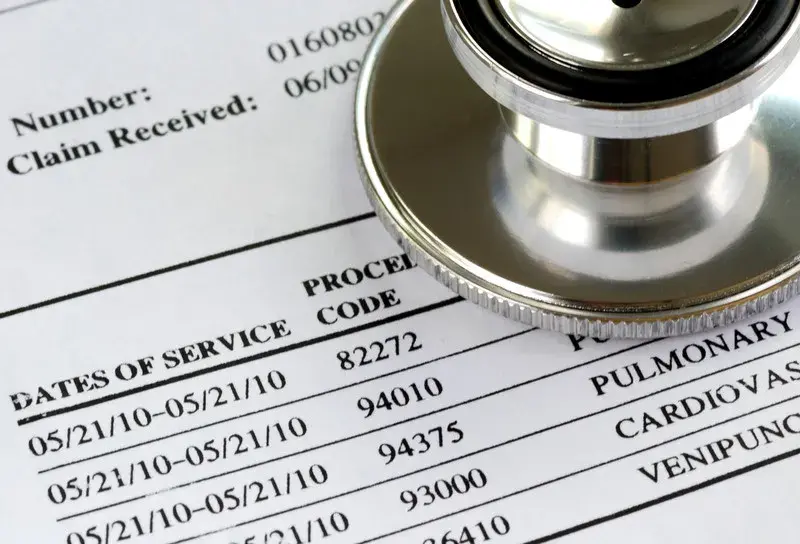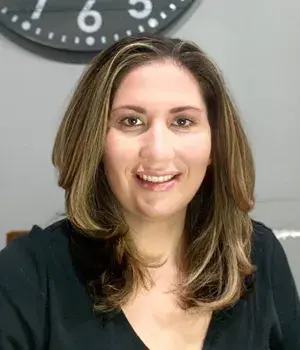With increasing regulatory challenges and changing payer rules, many healthcare organizations outsource medical billing to improve their revenue cycle management process and remain competitive. However, a new survey from Waystar and HIMSS Analytics shows that providers are not meeting patient expectations when it comes to medical billing and collecting patient financial responsibility.
Recent years have seen patients facing greater responsibility for the costs of their healthcare services. A 2017 Forbes report noted the key factors driving this trend as high-deductible health plans, rising operating and regulatory costs for providers, employment-based coverage that makes employees bear more expenses, and the opaque pricing and payment structures of insurers. According to the report, patient payments accounted for 35% of provider revenue in 2017, the third largest source of provider income after Medicare and Medicaid. In contrast, in 2000, patients were responsible for just 5% of healthcare provider revenue.
The Waystar/HIMSS Analytics survey revealed that there were some major gaps in attitudes between providers and patients regarding medical billing and payment processes.
“There are clear differentiators in the data between patients and providers, which emphasizes some of the key challenges currently impacting the healthcare industry,” says Blain Newton, Executive Vice President of HIMSS Analytics. “As we review the findings, we can see that patients are evolving in the way they want to receive patient billing information from their providers. This said, some providers aren’t aware of how to identify those frustration points to help create a better patient experience.”
Conducted in January 2018, the survey covered more than 1,000 patients that had visited a medical provider in the last 12 months, and about 900 financial executives from leading hospitals, health systems and other outpatient facilities. The survey evaluated general patient and provider attitudes about patient costs and estimation as well as patient payment processes. The key findings are as follows:
- Over 50% of the patients preferred electronic medical billing and payment.
- Eighty-five% of the patient respondents wanted to pay for healthcare as they do other professional services, but less than 20% with commercial insurance plans found it “easy to understand and convenient to pay for” healthcare expenses.
- Cost estimates were helpful for patients to understand what they owe – 86% who received cost estimates said they understood their payment responsibility.
- Though 87% of healthcare professionals surveyed reported that they could provide their patients with a cost estimate, yet less than one-third of patients asked for one.
- While almost all the healthcare executives surveyed said that used paper-based medical billing, over half of patients revealed a preference to receive and pay their healthcare bills electronically.
- There are major differences between patients and their provider organizations with regard to “perceived payment timeliness”. Up to 48% of providers claimed their patients take over three months to pay the full balance of what they owe, while only 24% of patients reported that it takes them longer than three months to pay in full.
- Over 75% of patients reported being willing to pre-authorize their healthcare organization to charge a credit card number provided at the time of service for charges up to $200.
Here are the key takeaways from this survey:
- Providing patients with cost estimates is highly recommended. If they understand why they owe what they do, they will be more likely to pay.
- Providers can improve patient satisfaction, reduce their own costs, and save time by switching from paper-based methods to electronic medical billing.
- The differences with regard to perceived payment timeliness may be due to the timing of payer reimbursement. The report notes that patients may not be aware of their dues until their payers pay their share.
- Preauthorization to charge a credit card number can simplify patient payment and also offers a significant opportunity to reduce patient bad debt and days in accounts receivable (A/R).
“Patient Payment Check-Up”, another national survey conducted by HIMSS Analytics and sponsored by Navicure in 2017 also revealed a gap between providers and patients with regard to patient billing and payment processes. Similar to the Waystar and HIMSS Analytics survey findings, this survey also reported that:
- Most patients have a marked preference for a high-level of automation and a “retail experience” when it comes to medical billing
- Up to 52% of patients indicated a preference for electronic billing, with this percentage being higher among younger patients.
- Though providers also prefer the credit card on file method, few have this capability
- Only 20 percent of providers considered a credit card on file as the most successful way to lower collection costs, after online patient collections
- 29 percent of providers stated that credit card on file was an effective strategy for reducing bad debt and write-offs
According to a Physicians Practice report, the Navicure survey shows that organizations that implement payment solutions to address patient preferences will benefit significantly in terms of patient satisfaction, faster payments and more robust revenue cycle performance.
Patient consumerism is a growing trend. With patients bearing a higher proportion of their healthcare expenses, healthcare providers have to focus on how to collect outstanding payments faster while preserving patient satisfaction. Even as they update billing practices with the help of a medical billing company, healthcare organizations need to consider what patients really want.


